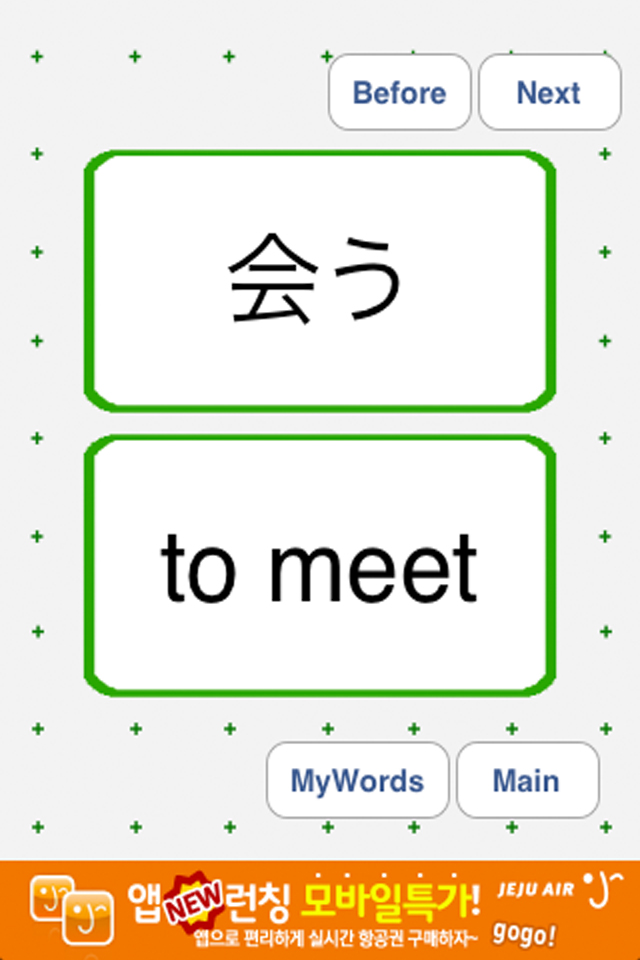
Additionally, the criteria for passing the JLPT was changed, requiring a passing mark in all sections of the test, not just an overall passing mark. In 2010, the test changed from four levels to five.

JLPT Study Hour Comparison Data 2010-2015 Level Study hour comparison data published by the Japanese Language Education Center: N1, N2 and N3 have three scoring sections, while N4 and N5 have two scoring sections.Ībove tables from Japanese Language Proficiency Test.Įstimated Study Time To pass the test, the test taker must be over the minimum overall score and also over the minimum score in each section. Language Knowledge (Vocabulary/Grammar)・Reading More on this will be written on a separate page. The Examination for Japanese University Admission for International Students (EJU) replaces JLPT as the requirement for university entry in Japan.

The JLPT certification was a requirement for entry into Japanese universities until 2003. Important note to students wishing to study in Japanese universities: In Japan, the test is administered by the Japan Educational Exchanges and Services (JEES) (財団法人 日本国際教育支援協会 zaidan hōjin nihon kokusai kyōiku shien kyōkai), while the Japan Foundation (独立行政法人 国際交流基金 dokuritsu gyōsei hōjin kokusai kōryū kikin) administers overseas tests. The JLPT is offered in approximately 85 countries. Also ask about the application period and application fee as they differ in each country. If you are interested in applying for the JLPT test, you can find your nearest test center online. The test date for winter is in December and the application period is usually September-October. In December all five levels can be taken but in July only the most difficult levels, levels 1 and 2, can be taken. There are five levels: N5 (easiest) to N1 (hardest).

The Japanese Language Proficiency Test (JLPT) (日本語能力試験 nihongo nōryoku shiken) was created in 1984 in response to the increasing demand of students of the Japanese language to certify their proficiency.


 0 kommentar(er)
0 kommentar(er)
